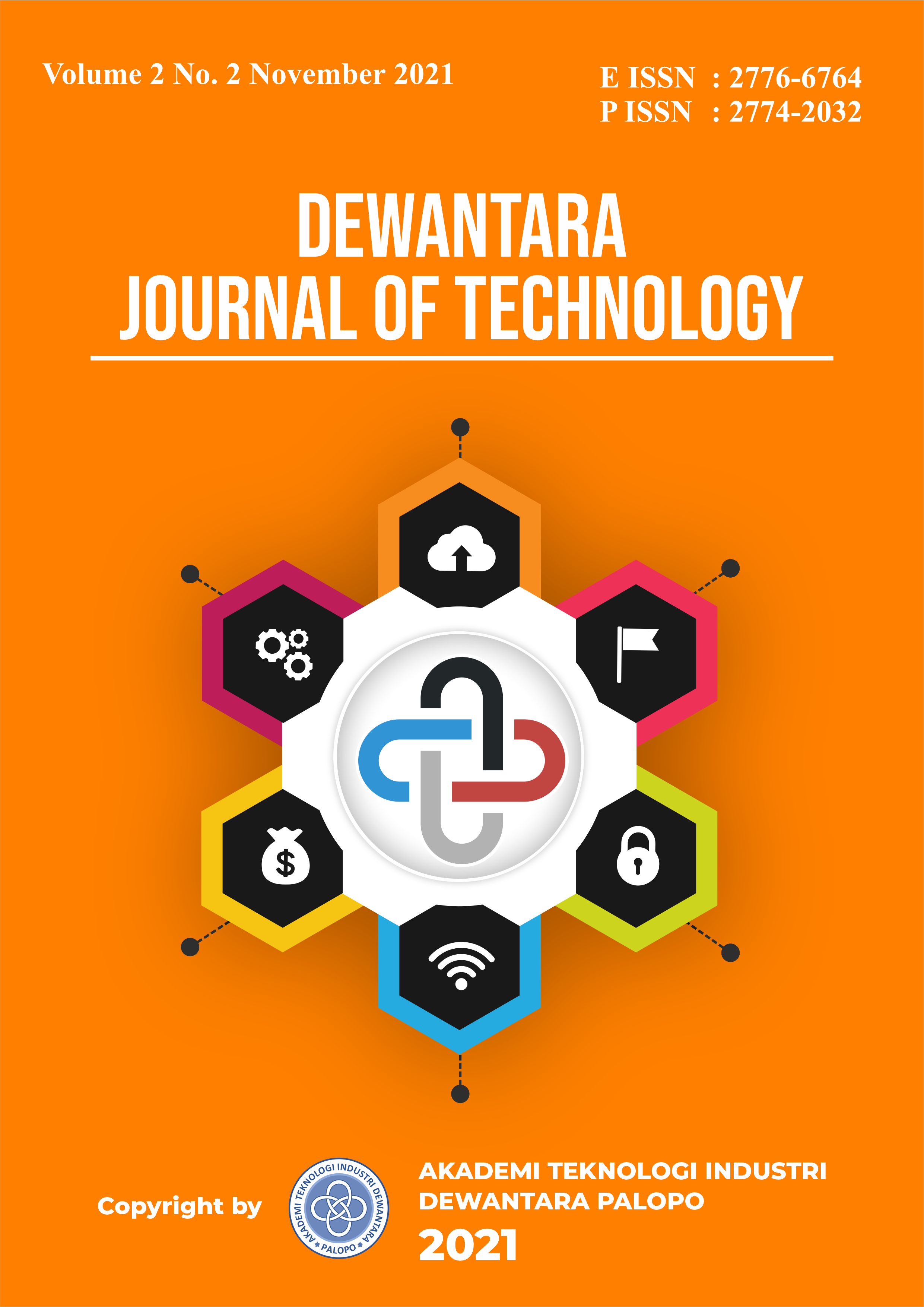Persamaan Medan Einstein Efektif untuk Ruang-Waktu 5D Kaluza-Klein
Main Article Content
Abstract
Dalam studi ini, telah ditelaah kembali persamaan medan Einstein yang efektif untuk ruang-waktu 5D dalam teori Kaluza Klein. Teori Kaluza-Klein merupakan teori yang menggabungkan gaya gravitasi dengan gaya elektromagnetik secara klasik dalam dimensi ruang-waktu (4d + 1). Studi lebih difokuskan pada perumusan medan Einstein untuk metrik Kaluza-Klein, ungkapan simbol Christoffel yang tidak bernilai nol, ungkapan tensor Ricci yang tidak nol, ungkapan kelengkungan skalar dari geometri ruang-waktu 5D, serta ungkapan tensor Einstein untuk ruang-waktu 5D. Penjabaran ini dibatasi sampai pada kasus vakum yang dapat direduksi menjadi persamaan medan Einstein 4D sehingga memberikan makna fisis. Hasil yang diperoleh merupakan tinjauan klasik, yakni adanya kelengkungan ruang-waktu akibat hadirnya kopling antara medan elektromagnet dan medan skalar terhadap gravitasi yang dijelaskan melalui persamaan medan Einstein. Yang di mana medan elektromagnetik juga bergantung pada medan skalarnya.
Article Details
References
Einstein, Albert, "The Foundation of the General Theory of Relativity", Annalen der Physik. 354 (7), pp. 769, 1916.
Kaluza, Theodor, "Zum Unitätsproblem in der Physik". Sitzungsber. Preuss. Akad. Wiss. Berlin. (Math. Phys.), pp. 966–972, 1921.
Klein, Oskar, "Quantentheorie und fünfdimensionale Relativitätstheorie". Zeitschrift für Physik A. 37 (12), pp. 895–906, 1926.
Klein, Oskar, "The Atomicity of Electricity as a Quantum Theory Law". Nature. 118 (2971), pp. 516, 1926.
A. Einstein dan P. Bergmann, “On a generalization of Kaluza’s theory of electricity”, Ann. Math. 39 (1938), pp. 683, 1938.
A. Einstein dan W. Pauli, “On the non-existence of regular stationary solutions of relativistic field equations”, Ann. Math. 44, pp.131, 1943
P. Jordan, “Erweiterung der projektiven Relativitgtstheorie”, Ann. Phys. (Leipzig) 1, pp. 219, 1947.
P. Bergmann, “Unified field theory with fifteen field variables”, Ann. Math. 49, pp. 255, 1948.
Y. Thiry, “Les equations de la theorie unitaire de Kaluza”, Comptes Rendus Acad. Sci. (Paris) 226, pp. 216, 1948.
J. M. Souriau, ”Une axiomatique relativiste pour la microphysique”, Comptes Rend. Acad. Sci. (Paris) 247, pp. 1559, 1958.
J. M. Souriau, “Five-dimensional relativity”, Nuovo Cimento 30, pp. 565, 1963.
B. De Witt, “Dynamical theory of groups and fields”, in: Relativity, Groups and Topology, eds. C. De Witt and B. de Witt (Gordon & Breach, New York) pp. 725, 1964.
J. Rayski, “A unified description of space-time and isospace”, Acta Phys. Pol. 27, pp.947, 1965.
R. Kemer, “Generalization of the Kaluza-Klein theory for an arbitrary non-abelian gauge group”, Ann. Inst. Henri Poincark 9, pp.143, 1968
A. Trautman, “Fibre bundles associated with space-time”, Rep. Math. Phys. 1, pp. 29, 1970.
Y.M. Cho, “Higher-dimensional unifications of gravitation and gauge theories”, J. Math. Phys. 16, pp. 2029, 1975.
Y.M. Cho dan P.G.O. Freund, “Non-Abelian gauge fields as Nambu-Goldstone fields”, Phys. Rev. D 12, pp. 1711, 1975.
T. Mirzaev, A. B. Abdikamalov, dan A. A. Abdujabbarov, dkk., “Observational Appearence of Kaluza-Klein Balck Holes”, General Relativity and Quant. Cosm. 1, 2022.

